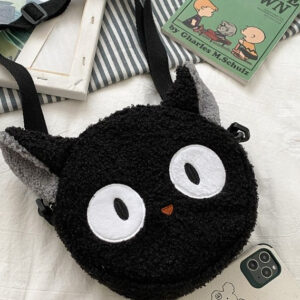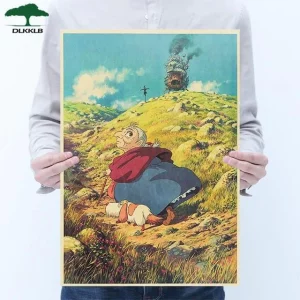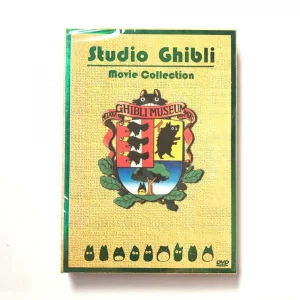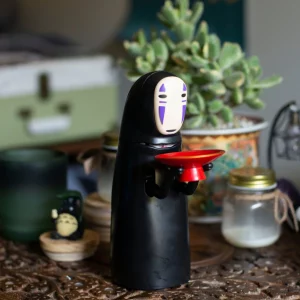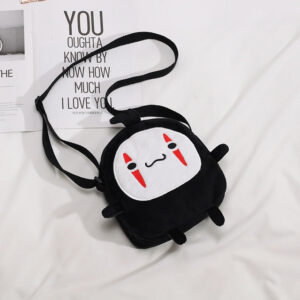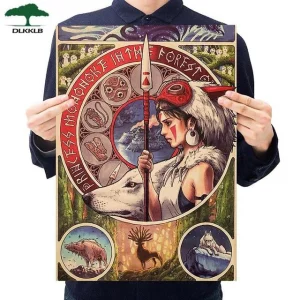2022 marks 36 years since Studio Ghibli was first founded on June 15, 1986. Since then, the studio has gained accolade after accolade in the realm of animation, setting the standard not only for Japanese anime but for contemporary animation worldwide. Today, we celebrate strong women of Ghibli films.
Studio Ghibli’s films have many key traits that age well across time: the unique physical portrayal of human emotion, larger-than-life landscapes, and most of all, its bold characters. Let’s dive in and explore our favourite strong female characters of Studio Ghibli, since behind every great franchise lie even greater ladies!
10. Kaguya, The Tale of the Princess Kaguya (2013)
9. Satsuki Kusakabe, My Neighbor Totoro (1988)
8. Arrietty, Arrietty (2010)
7. Ponyo, Ponyo (2008)
6. Ursula, Kiki’s Delivery Service (1989)
5. Fio, Porco Rosso (1992)
4. Sophie, Howl’s Moving Castle (2004)
3. Chihiro, Spirited Away (2001)
2. Princess Mononoke, Princess Mononoke (1997)
1. Nausicaä, Nausicaä of the Valley of the Wind (1984)
10. Kaguya, The Tale of the Princess Kaguya (2013)
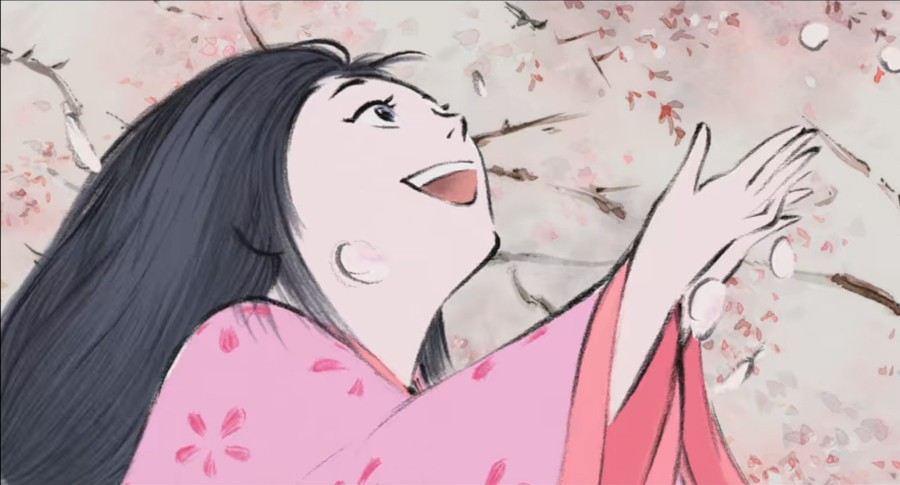
The Tale of Princess Kaguya is based on the Japanese legend of the Princess from the Moon. The silken princess, born in a bamboo shoot and growing months older by the day, easily became the apple of the village’s eye and eventually the heart of an inter-celestial war.
Kaguya’s strength is certainly a given, as her otherworldly nature makes her far stronger than her boy peers and the soldiers of the village. But even in the original tale, her character has always exuded admirable stubbornness. In the face of her five suitors, Kaguya boldly requested for impossible dowries and commissions for them to win her hand in marriage, of which none would succeed.
9. Satsuki Kusakabe, My Neighbor Totoro (1988)
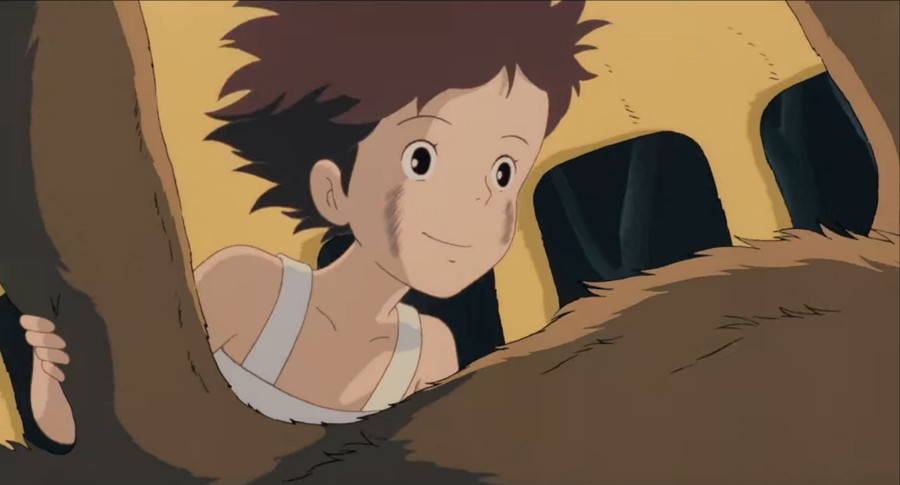
Satsuki embodied Ghibli’s most daring venture into an unconventional story exploring the way children cope with family struggles, as portrayed by the Kusakabes in My Neighbor Totoro.
More particularly, Satsuki was representative of the story’s portrayal of Hayao Miyazaki’s own life growing up. As Satsuki’s mother is stricken by grave disease, the family moves to a new town closer to a hospital, and Satsuki does not only take on the duty of caretaking but is determined to fearlessly take on the ordeals of her family with her little sister Mei.
The movie’s surprising blockbuster success automatically puts Satsuki in the ranks as a symbol for carrying the studio into commercial fame.
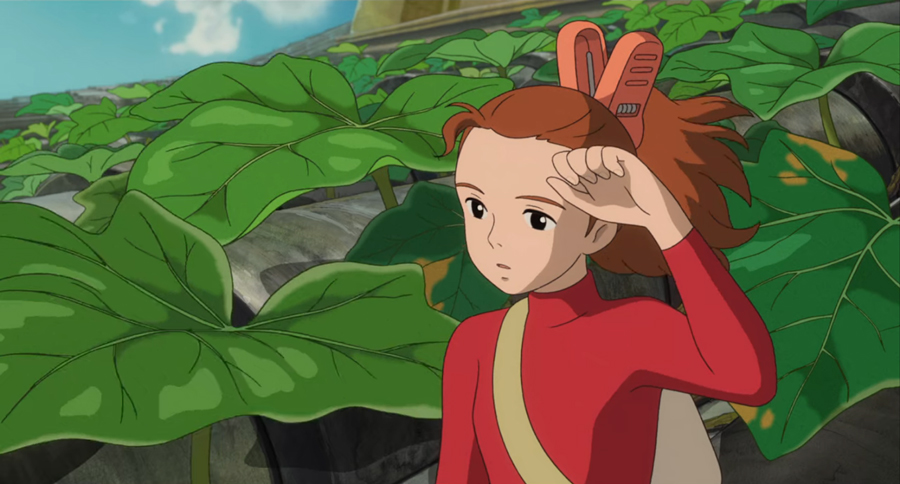
Arrietty may have been produced in 2010, but it did not fail to deliver in iconic Ghibli magic.
Arrietty is Ghibli’s own rendition of the Thumbelina fairy tale. Instead of a miniature damsel in distress narrative, however, the film breathes Tinker Bell-like magic into it. It takes us into the world of Arrietty’s foraging adventures and shows just why humans and nature must live in harmony through the simple relationship between adventurous little Arrietty and her human friend Shawn.
As a strong female Studio Ghibli character, Arrietty’s ability to hunt in a human-sized kitchen is definitely a force in itself, but even more than that, the film’s dedication to Arrietty’s efforts to subvert expectations as a young female Borrower and save her family show she may be stronger than we make her out to be.
7. Ponyo, Ponyo (2008)
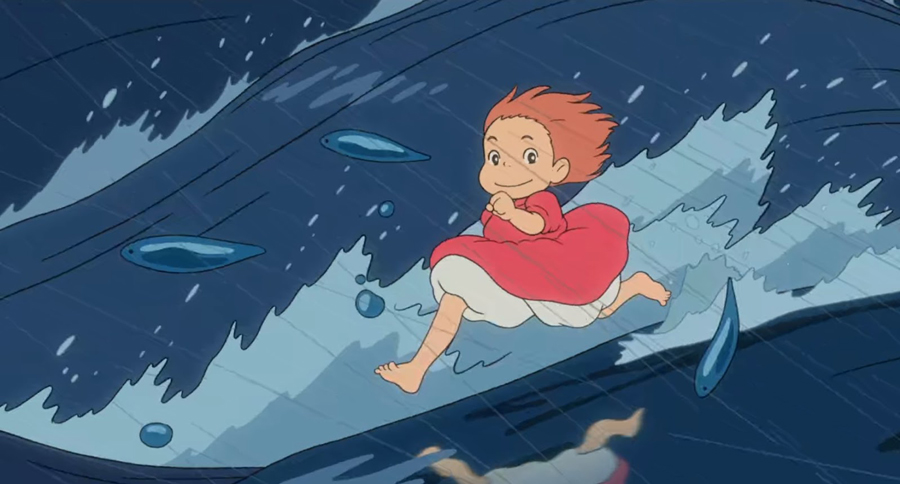
Jumping from Arrietty is Ghibli’s own Ariel-like tale, following goldfish princess Ponyo’s curiosity as she explores human society with her human friend Sosuke. Like Ariel, her slow transformation into a human is promised in its totality if Sosuke can promise to love her truly and deeply. Just as she feels she could become a part of our world (pun unintended), her father decides to bring her back to the ocean kingdom. But by the will of her wishes for freedom on land, she eventually is set free.
Ponyo’s strength lies in her will for freedom, and most of all the message her film portrays: that harmony can be achieved with nature if it is taken care of well, a timely message for our current time.
6. Ursula, Kiki’s Delivery Service (1989)
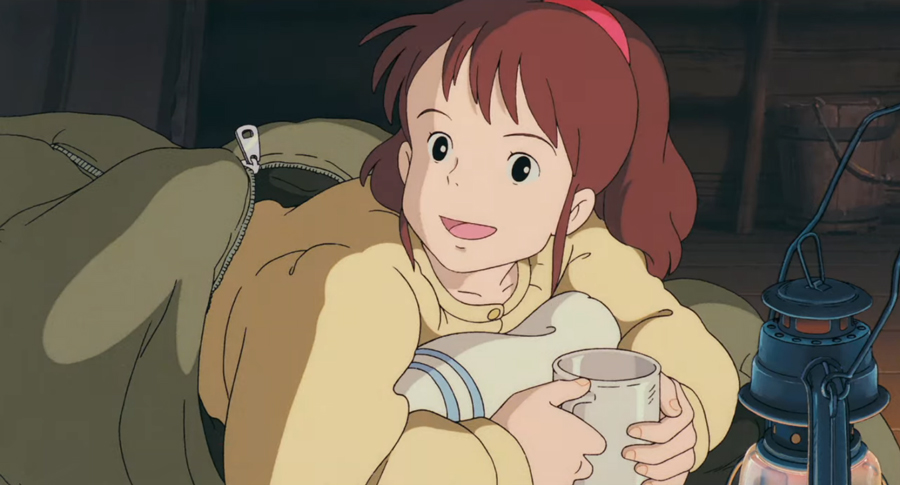
Kiki’s Delivery Service is a classic for its simple yet timeless tagline: that the real magic comes right when you aren’t thinking of it. When Kiki, a young witch, finds she can no longer ride her broomstick one day, she sets off on a small expedition to find out just why bringing us to number 7 on our list.
Albeit not the title character, Ursula was the key to bringing Kiki’s magic back. Not only was the scene of Ursula’s artistic abode an iconic element of the film, but they’re words of wisdom that can easily resound throughout time:
“Stop trying. Take long walks. Look at the scenery. Doze off at noon. Don’t even think about flying. And then, pretty soon, you’ll be flying again.”
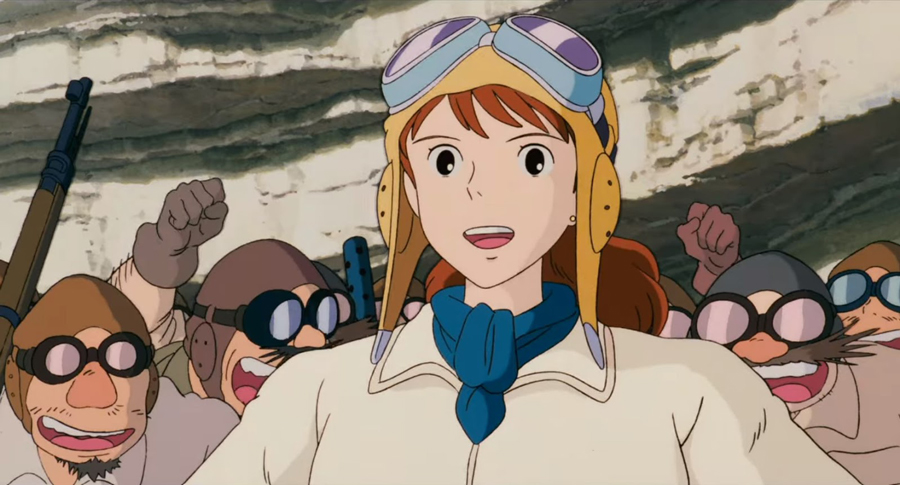
Porco Rosso joins the ranks of many of Studio Ghibli’s most underrated films. What began as a passion project (and arguably an advert for an airline company) ended up becoming an iconic ode to World War I, marking Studio Ghibli as the dark horse of the Japanese animation industry.
While Porco is the dashing protagonist of this remarkable forgotten gem, it’s 17-year old Fio who stands out. Like Ursula, Fio may not be the lead character, but plays the key role of catalyst to the film’s events.
Hungry to prove her worth, Fio helps repair the plane that allows Porco to challenge the man that shot him down in the war, subsequently trapping him in his porkish state. Fio’s strength is not only physical, but helps build necessary armor into the plot.
4. Sophie, Howl’s Moving Castle (2004)
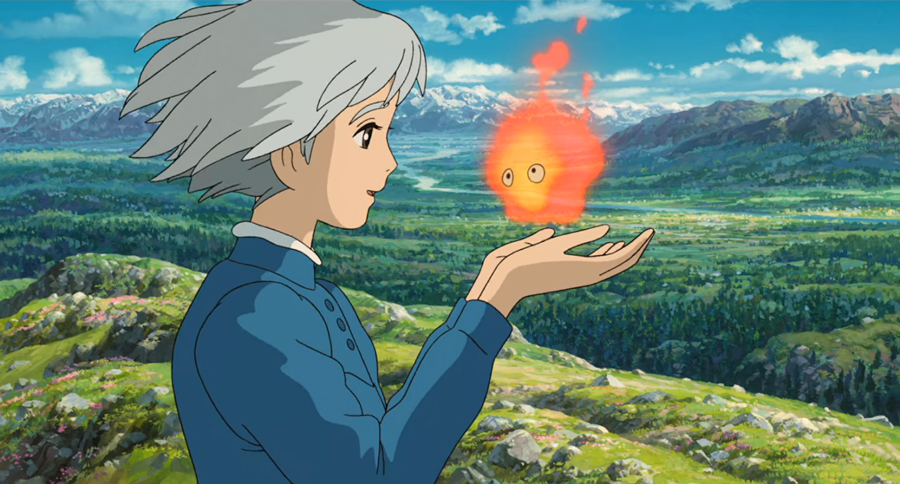
Howl’s Moving Castle is easily Studio Ghibli’s pièce de résistance, glittering with its warm visuals, groundbreaking castle animation physics, and most of all its cast of enigmatic characters. Who could forget the eccentric Howl Pendragon, his talkative flame buddy Calcifer, or the round so-called villains of the story?
Alongside this cast is female lead Sophie, who takes the viewers with her as she searches for Howl amid his wild goose chase with the authorities who aim to take him back to the Waste.
Sophie’s strength comes from the sheer physical and mental strength it takes to get through to Howl, whose schemes to snake away from the Witch take him all across the land and the sky.
3. Chihiro, Spirited Away (2001)
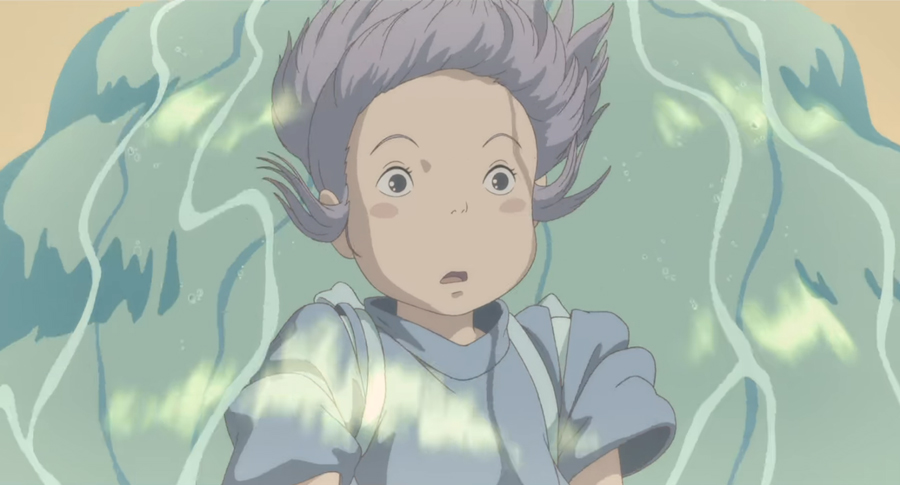
Spirited Away is Ghibli’s highest-earning movie of all time, only ever beaten once in box office earnings by the Demon Slayer Mugen Train release. The movie follows Chihiro, who steps into a world of magical bathhouses and works her way into freeing her parents from a curse that has turned them into swine.
Chihiro’s litheness throughout the film and her commitment to surviving the floods caused by the baths takes determination, but her real strength is in the message of the film and the hope she lives with to accept the past and adapt to the future. Just like the bathhouse’s capitalistic ways coexist with the spiritual beings of Japanese mythology, she has to learn to create meaningful memories with her family as she has with Haku as they move towns to adjust to her dad’s new job.
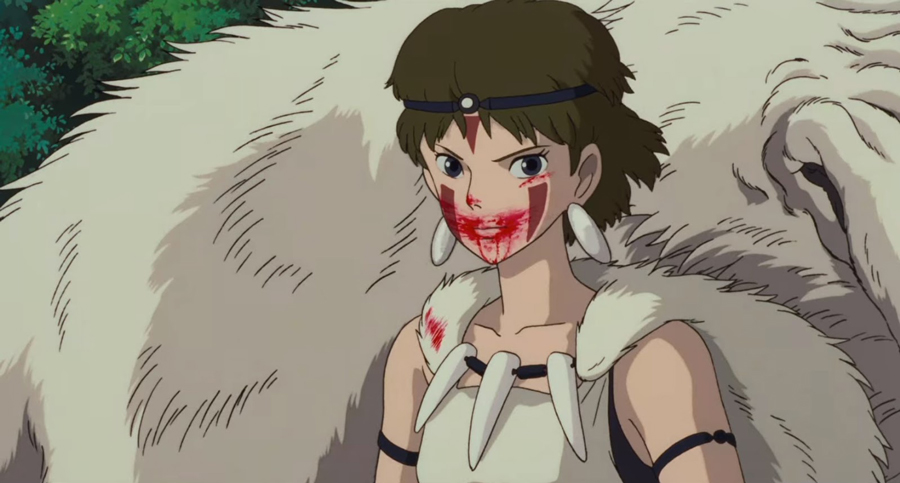
All of Studio Ghibli’s works champion the beauty of nature, may it be embedded in the narrative or simply in its landscapes, executed flawlessly in Princess Mononoke. A human prince who is attacked by a cursed boar attempts to appease the wolf god and his familiar, Princess Mononoke, which only causes a war against the boar demon of the forest.
Princess Mononoke came out at the cusp of industrialization, so Princess Mononoke and the message her character was carrying-that humanity must suffer to protect nature-may have been heavy-handed but showed that serving the Earth is not a matter of good or bad, but of interests and leadership-and, Mononoke is one hell of a leader.
1. Nausicaä, Nausicaä of the Valley of the Wind (1984)

Nausicaä of the Valley of the Wind is Porco Rosso’s cousin in popularity and Princess Mononoke’s sister in the plot and with arguably Studio Ghibli’s most underrated song: “Legend of Wind”. Like Mononoke, Nausicaa is a princess, serving her duty to her people to protect them against an invasive beetle-like species. Although equipped with the brute strength to kill these insects, she instead subdues them peacefully, stirring others and causing debate on the morals of dealing with what appears to be the enemy.
Nausicaa is Mononoke’s more peaceful counterpart, both serving a responsibility to nature and to their people. As a skilled fighter, her swordsmanship and physical strength make her physically able, but at the same time, she has the sympathy characteristic of true nobility, allowing her to tame the toxic jungle and pave the way to a co-dependent future, one we hope to see in our own present world.
















































